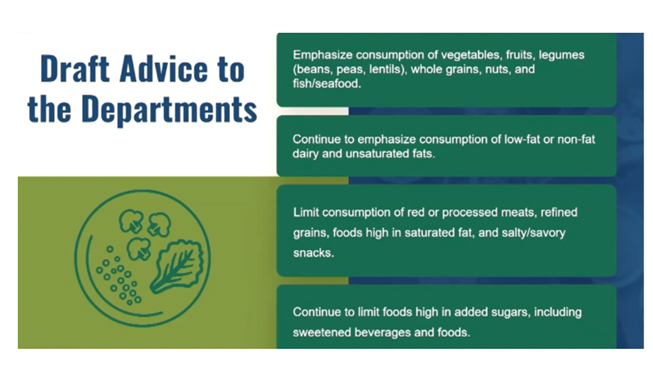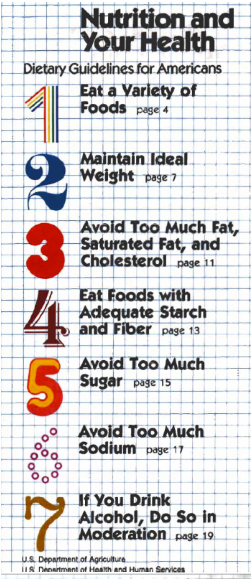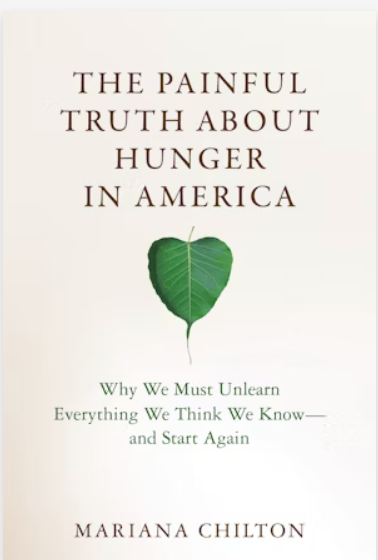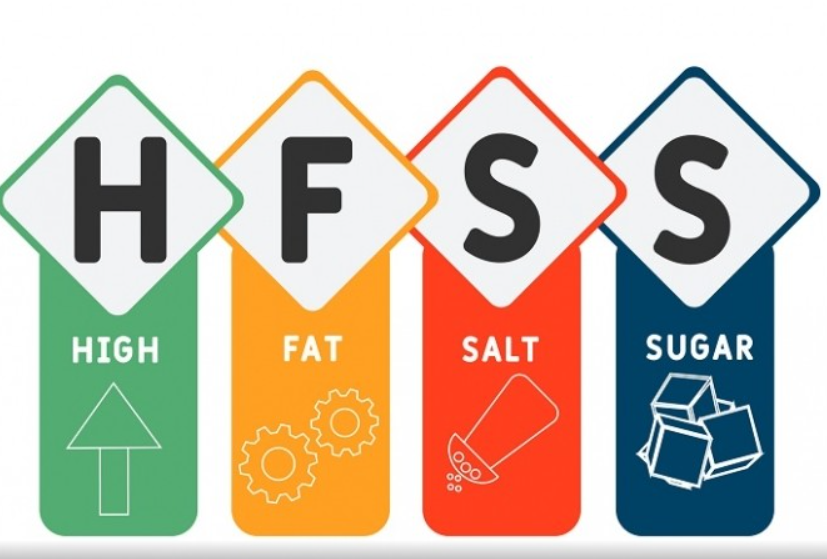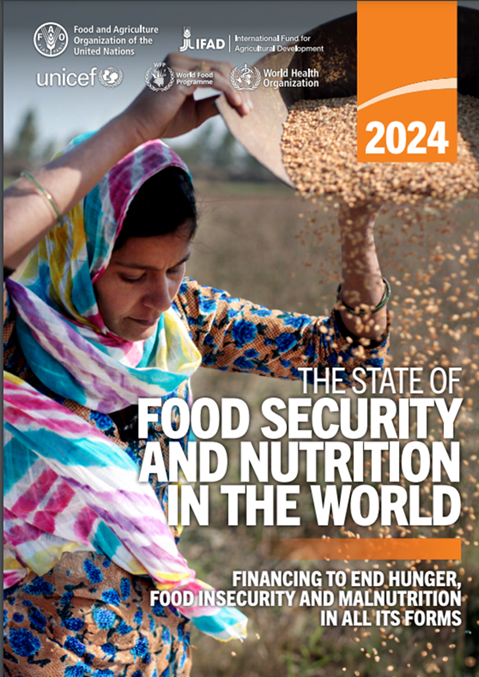The current Dietary Guidelines Advisory Committee has produced its draft recommendations. These, as I discuss tomorrow, are mostly banal, much the same as all guidelines since 1980.
But this year there are two rather shocking exceptions, both having to do with what is not recommended.
Incredible non-recommendation #1. Reduce the focus of the Dietary Guidelines on reduction of chronic disease risk.

What??? The entire purpose of the Dietary Guidelines is to reduce the risk of diet-related disease. Chronic diseases—obesity, type-2 diabetes, heart disease, cancer, etc—are the leading causes of death and disability among U.S. adults.
Maybe this was a typo? Surely this committee means to say “Recommend increasing the focus of the Dietary Guidelines on chronic disease risk reduction.
The current wording is a travesty. I’m not the only one who thinks so. See Jerry Mande’s Tweet (X).
Update: I gather the uproar over this did some good and the committee is changing the wording.
Incredible non-recommendation #2. Say nothing about ultra-processed foods.
The committee made it clear that they were not going to say a word about ultra-processed foods. At least not now. Why not?
Scientific experts tasked with advising federal officials drafting the 2025-2030 Dietary Guidelines for Americans said the data were far too limited to draw conclusions…Ultra-processed foods don’t have a recognized definition or a robust body of scientific literature that has studied them, they said, so guidelines would be premature.
Another travesty. An overwhelming body of observational research suggests harm from diets high in ultra-processed foods. OK, these studies only demonstrate association, not causation.
But—not one, but two well-controlled clinical trials demonstrate that ultra-processed foods induce people to consume more calories than they would otherwise: 500 more in one trial and more than 800 in the second. These are enormous differences.
Yes, it would be great to know why, exactly. And yes, the definition of ultra-processed can be fuzzy with respect to a few—remarkably few—foods.
But what more do you need to know? Isn’t this enough to tell people that if they want to keep caloric intake under control, a good way to do that would be to limit consumption of ultra-processed foods?
But this committee chose to ignore the controlled trials because they didn’t last long enough.
As I explain in that link, the committee’s hands are tied by having to make “science-based” recommendations. But in nutrition, most of the science is observational, which is why those controlled trials, short in duration as they are, matter so much.
The committee needs to revisit this decision. If the guidelines do not include a recommendation to limit intake of ultra-processed foods, they will be ignoring the science and will be behind the times.
Worse, the guidelines will not help Americans reduce their risks for chronic disease.
See: Stat News: 5 questions about the next U.S. dietary guidelines, and the ‘impossible restriction’ on them: Difficulty of nutrition research leaves problems like ultra-processed foods largely unaddressed.
Tomorrow: the banality of the latest recommendations.
